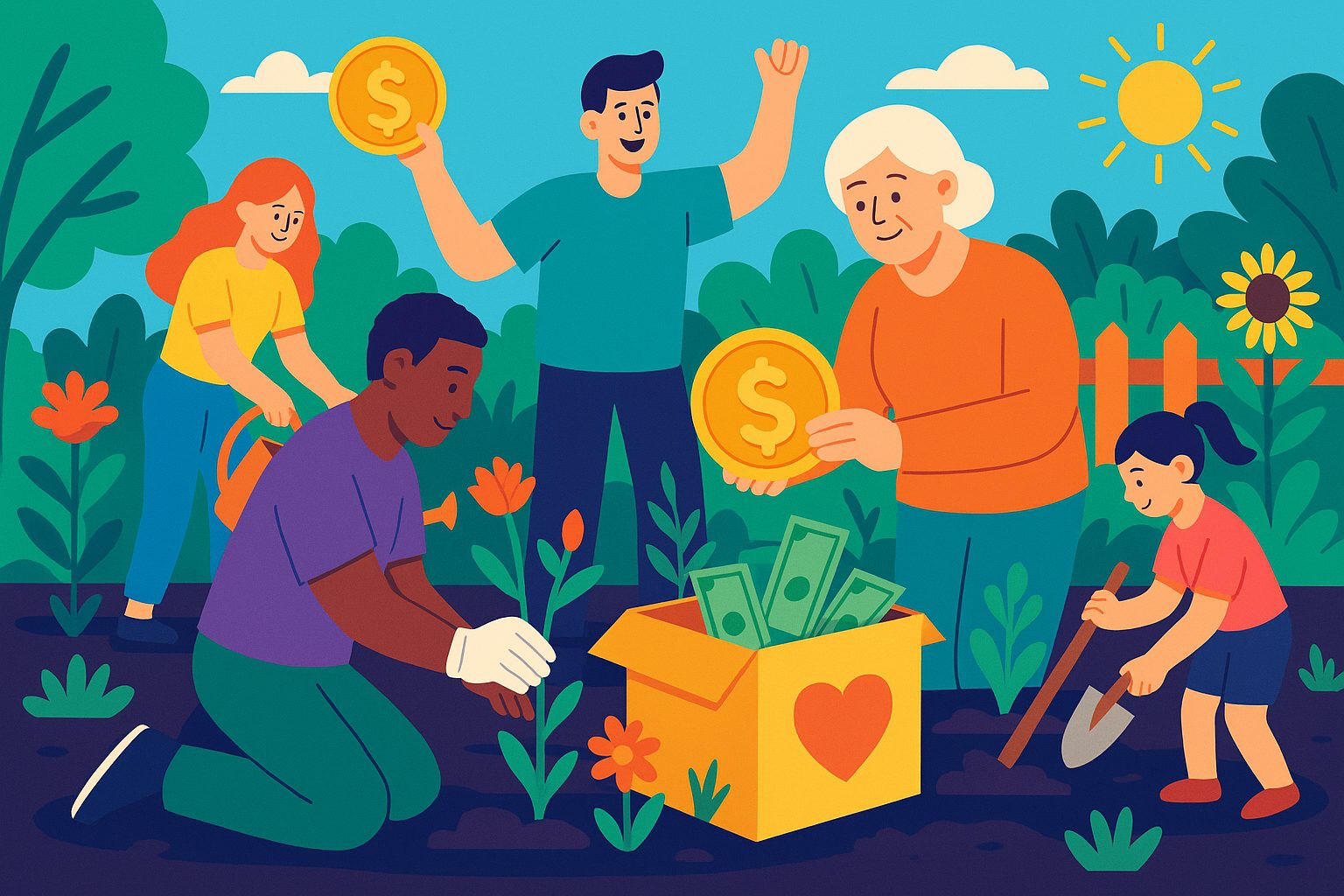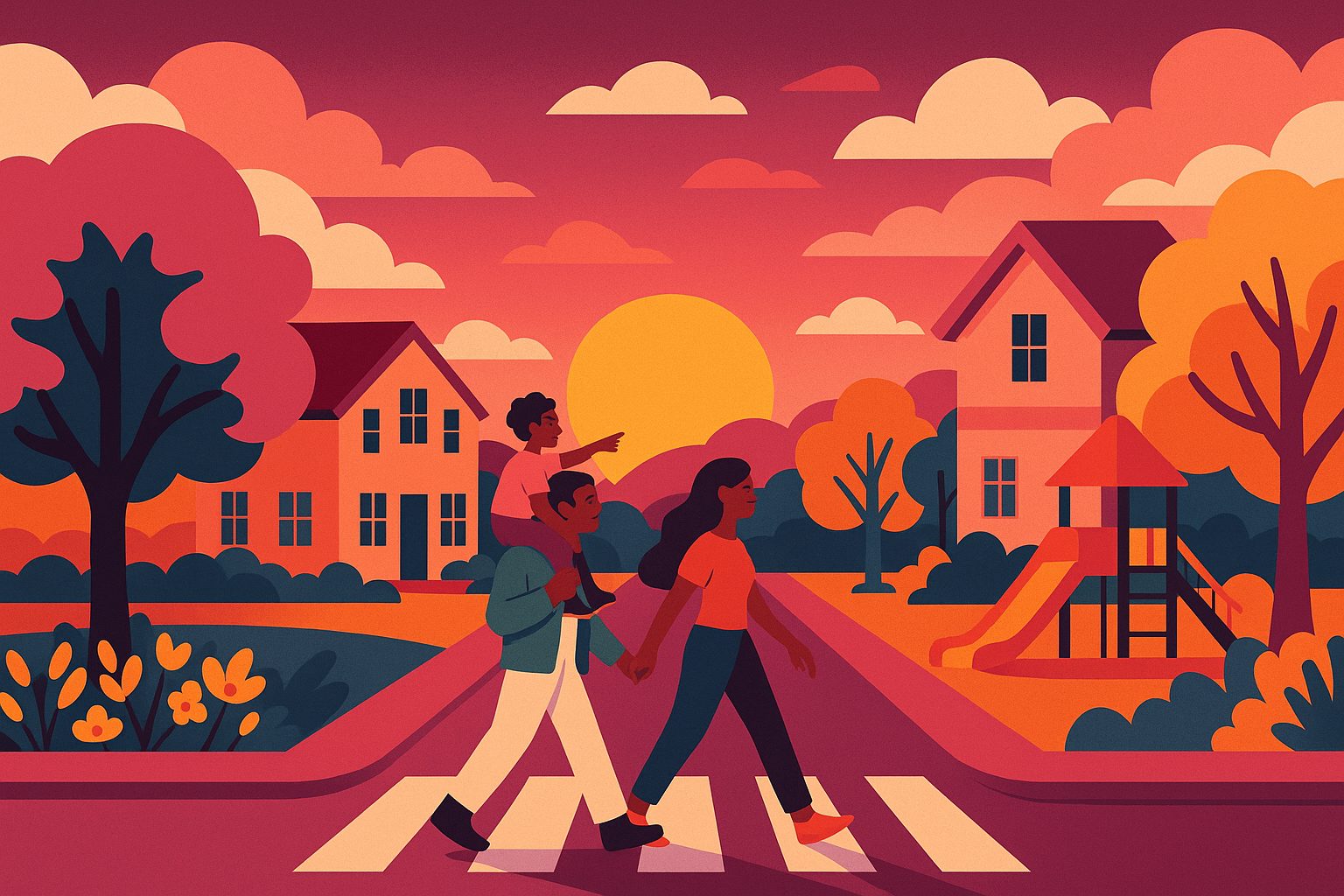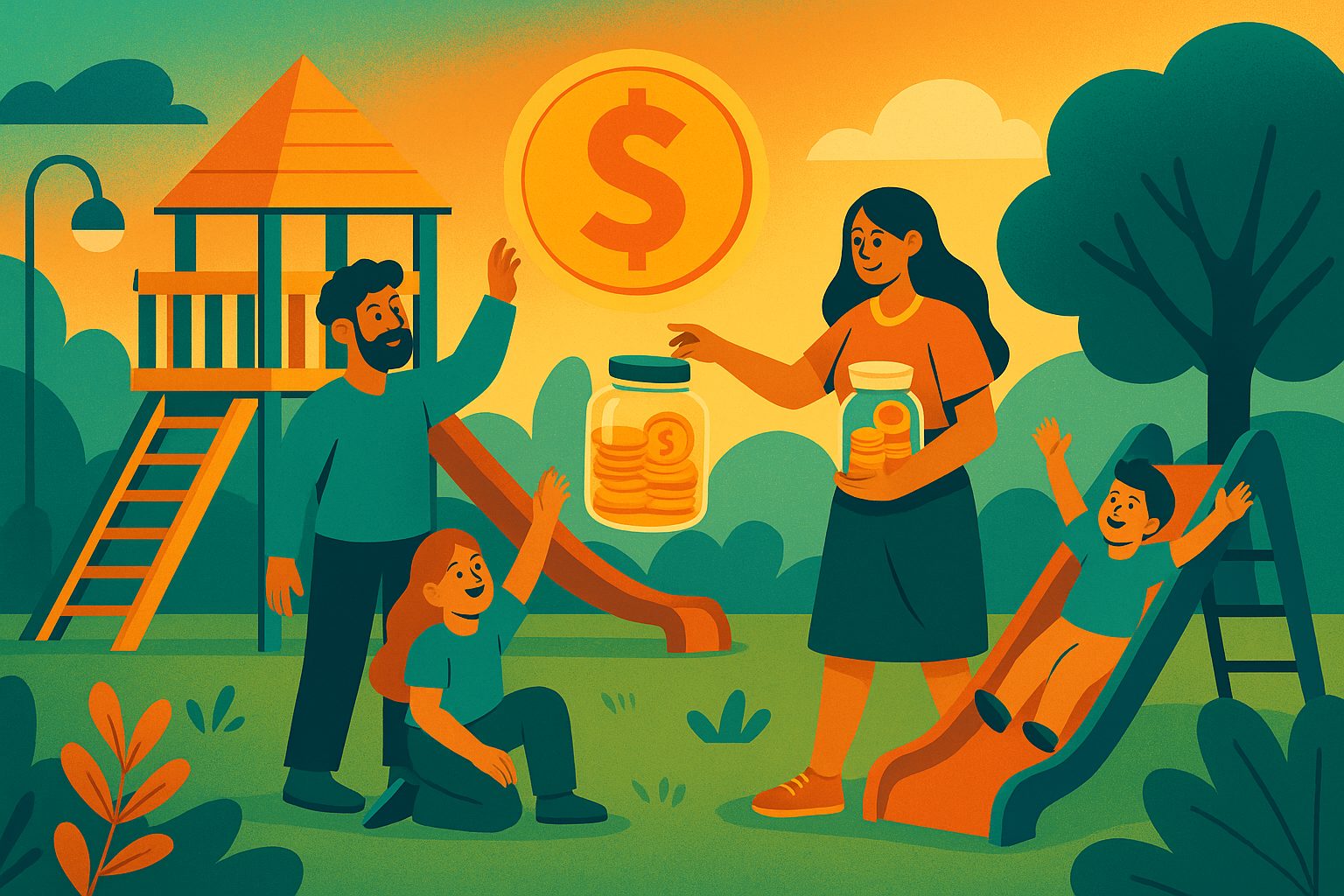Cultivating Generosity: Where Gardens and Giving Grow Together
Community gardens are more than just plots of land—they are living, breathing examples of what people can achieve when they come together with purpose. They provide food security, beautify neighborhoods, support pollinators, reduce urban heat, and create welcoming spaces for social interaction and environmental education. But before a single seed is sown, community garden projects require something essential to take root: funding. And that funding often begins with engaging the right donors in the right way. At the intersection of passion and practicality, donor engagement becomes the soil in which community gardens thrive. Whether you’re transforming a vacant lot into an edible oasis or expanding an existing garden with new infrastructure, bringing donors on board is about more than dollars—it’s about planting a shared vision and nurturing a sense of ownership and pride in the land.
Laying the Groundwork for a Meaningful Campaign
Engaging donors begins with clarity. You need a focused mission, a specific project goal, and a compelling reason why this garden matters—right now. Is the project addressing food insecurity in a neighborhood without a grocery store? Is it providing schoolchildren with hands-on science and nutrition education? Is it reclaiming a neglected space in a community that’s been historically overlooked?
Before you ever ask for a dollar, you need to know your story—and be ready to tell it with heart. Donors don’t just want to know what they’re giving to; they want to know why it matters, who it impacts, and how their gift will make a difference. Define your purpose clearly, and identify the outcomes your garden will deliver—whether that’s 500 pounds of produce a year, a sensory garden for children with disabilities, or a space for intergenerational workshops.
Having this strong foundation is not only essential for fundraising—it also ensures that every conversation, post, pitch, and campaign effort is rooted in the same story. The more consistent and clear your messaging, the more donors will trust you—and the more likely they’ll be to invest in your garden’s future.
Making the Mission Personal and Relatable
When it comes to donor engagement, facts tell—but feelings sell. Garden projects resonate most deeply when they connect on a human level. So instead of launching with stats about soil health or square footage, begin with people. Share a grandparent’s memory of growing tomatoes in their childhood. Tell the story of a local student who learned to love kale after helping plant it. Highlight how a refugee family found peace through tending their own garden bed.
These kinds of stories transform your project from a logistical endeavor into a movement. They give donors something they can feel—and someone they can root for. Whether they’re seasoned philanthropists or first-time givers, people are drawn to causes that reflect their own values and dreams. A community garden provides a rare and tangible way for donors to see the direct, local impact of their support.
The most successful campaigns present a vivid picture of what the garden will look like, sound like, and feel like once complete. Use visual storytelling whenever possible. Share photos, sketches, and even community vision boards. Help donors see the beauty before it blooms.
Finding the Right Donors in the Right Places
Not every donor is the same—and not every approach works for every audience. Engaging donors for a community garden project means understanding who they are, where they are, and what motivates them to give. This includes individual community members, local businesses, philanthropic foundations, and even government departments.
Start close to home. Residents, teachers, school parents, and neighborhood associations often have a direct emotional tie to the project and are more likely to contribute. Reach out to them personally, host informal gatherings, and include them in your garden’s planning and storytelling process.
Small businesses are another powerful partner. Garden projects often align with their brand values and offer great local visibility. A coffee shop might sponsor compost bins. A landscaping company could provide mulch or materials. These relationships become more than transactions—they grow into partnerships that benefit both sides.
And don’t overlook regional grantmakers or sustainability-focused foundations. Many have specific funds for green infrastructure, health equity, education, or environmental justice. A well-prepared proposal that demonstrates community involvement, clear outcomes, and long-term stewardship can open doors to sizable gifts.
Crowdfunding with Heart and Strategy
Crowdfunding has become one of the most accessible and engaging ways to involve a broad donor base in community garden projects. But not all campaigns are created equal. The best ones blend strong storytelling, beautiful visuals, and a clear, time-bound call to action. They also require consistent promotion, real-time updates, and visible gratitude.
Launching a successful crowdfunding campaign means thinking beyond the donation button. It requires building anticipation in the weeks leading up to launch, securing early donors for momentum, and using personal outreach alongside digital tools. When people see that others have already contributed, it gives them confidence to follow suit.
Your campaign should be updated frequently with progress reports, behind-the-scenes moments, volunteer highlights, and thank-you messages. Use video, photos, and quotes to give life to the campaign as it evolves. People give when they feel part of something larger—when their name, story, and donation matter.
And don’t forget to make it easy for donors to share your campaign with their own networks. Social reach is exponential, and one supporter who shares your story could bring ten more into the fold.
Hosting Events That Build Connection
There’s nothing quite like an in-person gathering to create momentum and forge connections with potential donors. Community garden fundraisers don’t need to be formal galas—they can be potlucks, garden tours, music nights, cooking demos, or seed swaps. The goal is to bring people together, share your mission, and inspire them to be part of something joyful and hopeful.
Events provide a natural moment to introduce the garden project, show visuals or mock-ups, and share stories from the planning team or future gardeners. They’re also ideal places to accept donations, sign up volunteers, and secure pledges. Make sure events feel inclusive and welcoming. Offer ways for children to get involved. Provide opportunities for different age groups and cultures to see themselves reflected in the garden’s future. The more people can picture themselves enjoying the garden, the more they’ll want to help build it.
These gatherings also give your team a chance to identify and connect with potential major donors—those who may be inspired to underwrite specific parts of the garden, like raised beds, pergolas, irrigation, or public art features.
Recognition and Gratitude that Grows Deep
Acknowledging your donors is not just good etiquette—it’s essential to lasting engagement. Every gift, large or small, deserves to be recognized and celebrated. How you show gratitude can make the difference between a one-time donor and a lifelong supporter.
Thank-you messages should be prompt, sincere, and personalized. Handwritten notes go a long way. Social media shoutouts, donor spotlights, and behind-the-scenes updates help keep donors connected and informed. You can also recognize contributors through garden signage, dedication plaques, or special features named in their honor.
Beyond individual thanks, consider hosting a donor appreciation day once the garden is in bloom. Invite supporters to a soft opening or early harvest celebration. Let them see the literal fruits of their generosity and meet the people their gift has helped. Gratitude is contagious—and it can lead to deeper support in future phases of the project.
Keeping the Momentum Through Every Season
Donor engagement doesn’t end when the beds are built and the first tomatoes ripen. In fact, maintaining connection with your supporters is what sets the stage for sustainability and long-term success. Community gardens are living projects—and so is the relationship you build with donors.
Continue to send seasonal updates, photos of progress, and stories of impact. Highlight how the garden is being used—for educational programs, cultural events, cooking classes, or food distribution. Show that the investment continues to grow and evolve. Invite donors to return not just as contributors, but as participants. Encourage them to volunteer, attend workshops, or help shape the future direction of the garden. This kind of relationship deepens loyalty and keeps your garden’s network active and engaged. Over time, you may even invite long-term supporters to join your advisory committee or board. Their insight, advocacy, and networks can be instrumental in expanding your vision.
Measuring Impact and Sharing Success
Tangible results are one of the most compelling reasons donors continue to give. Community gardens offer many opportunities to track and showcase success. Keep a log of how much food is grown and shared. Record attendance at events. Capture testimonials from gardeners and volunteers. Take photos that document the transformation over time.
These metrics, stories, and visuals become powerful tools not only for thanking existing donors but for attracting new ones. They show that your garden isn’t just an idea—it’s a thriving space of real, measurable impact.
Use your data to create an annual report or visual storybook that illustrates what’s been achieved. Distribute it through email, social media, and in printed form at events or community meetings. Celebrate the garden’s success as a shared accomplishment—because that’s exactly what it is.
Scaling Dreams and Inspiring a Movement
Sometimes a single community garden is just the beginning. When donors see the success of one plot, they begin to imagine what might happen if another is built at the school down the road, or near the senior center, or in the heart of a food desert. Your project can become a model—one that inspires a network of green spaces across the region.
Engaging donors with this bigger vision allows you to scale your impact and create a legacy of urban renewal, environmental stewardship, and food justice. As trust in your team grows, so does your potential to attract larger funders, civic partnerships, and regional visibility. You’re not just planting vegetables—you’re planting values. And the community garden becomes a physical expression of those values: sustainability, inclusion, beauty, health, and hope.
Growing Together: Donors as Co-Gardeners of Change
At its heart, donor engagement is not about asking for money—it’s about inviting people into a shared story of transformation. A community garden thrives not just on sunlight and water, but on the belief that together, we can build something beautiful and necessary.
Whether your donors contribute $5 or $5,000, their involvement is an act of faith in that story. Your job is to honor that faith with transparency, passion, and gratitude. To show them not just what their dollars build—but who they empower, feed, and inspire. Because when residents and donors come together in pursuit of a garden, they aren’t just growing food. They’re growing connection, possibility, and community itself. And there’s no more fertile ground than that.




